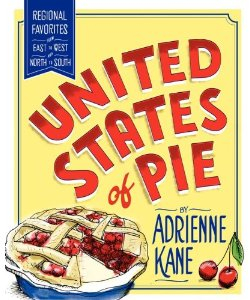 Call it what you will, pop, soda, soda-pop, soft-drink, hiccup inducing sugar water, from time to time I do love a Coke. In fact it’s just about the only soda I will have in all of its permutations; vanilla, chocolate, and cherry from the fountain. And I adore the fountain Cokes, but they are a slippery slope.
Call it what you will, pop, soda, soda-pop, soft-drink, hiccup inducing sugar water, from time to time I do love a Coke. In fact it’s just about the only soda I will have in all of its permutations; vanilla, chocolate, and cherry from the fountain. And I adore the fountain Cokes, but they are a slippery slope.
We all know what a standard can of Coke tastes like– sweet, vaguely caramel in flavor, overflowing with effervescence. But a fountain Coke is an entirely different story. So much can go wrong, but occasionally you will receive the ideal Coke, the ratio of syrup to soda water is perfect, providing the flawless mixture of carbonation to sugary sweetness. But these incidences of impeccability are few and far between. Most of the time you will order a Coke where the ratio is askew, too much syrup has overridden the sprightly bubbles, or too many bubbles with just a hint of sweet, otherwise potent flavor. The unmatched fountain Coke has the just right ratio where the syrup is just potent enough, it almost tastes flat except for the rash of tiny bubbles, mild at first, simply tickling the palate, then coming through with strength and vigor.
There is a cafe, right across the street from where I went to college that has horrible coffee. In fact, it doesn’t even sell coffee, just coffee beverages, giving their baristas adequate time to burn shots of espresso before dumping it into various cups of tepid steamed milk. But for all of Cafe Strada’s short-comings in the coffee department, they have the ideal fountain. Late in the day, one class left, I would stumble in and order a small Coke to go. In moments my Coke would arrive, not simply in an ordinary paper cup, but lidded, translucent plastic– touch of class. The barista would plop a wedge of lemon in my Coke (fabulous– a lemon Coke), and send me on way, feeling the burn.
As you can see, I’ve done quite a bit of thinking about what makes the ideal Coke, but this does not extend to the various lemon-lime beverages. I haven’t had one of those in years; and the last time I had a ginger ale, not mixed with some potent alcoholic beverage, was when I had the flu. For all of this contemplation, I probably drink one Coke a week, they’re a treat, and I am trying to preserve my teeth. And I never drink diet beverages of any sort, so I can’t give you notions of those proper ratios. The saccharine scares me, and just as I am trying to preserve my teeth, I also like my brain to be intact. You never know just when you will need it.


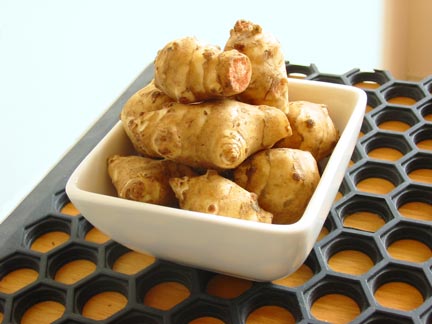

 I love chicken soup of all kinds, matzoh balls lying heavy in a pool of hot chicken broth with a sprinkling of mandel (kosher-style oyster crackers), noodle soup, with puffy homemade egg noodles, and pho chicken soup, slurping up the toothsome noodles and dipping your spoon into the slightly piquant, garlicy broth. And now, I even liked poached chicken, ladled into bowls, with loads of fresh springtime veggies, a smattering of beans (lima and fava), and served with a sinus- cleansing fresh horseradish sauce.
I love chicken soup of all kinds, matzoh balls lying heavy in a pool of hot chicken broth with a sprinkling of mandel (kosher-style oyster crackers), noodle soup, with puffy homemade egg noodles, and pho chicken soup, slurping up the toothsome noodles and dipping your spoon into the slightly piquant, garlicy broth. And now, I even liked poached chicken, ladled into bowls, with loads of fresh springtime veggies, a smattering of beans (lima and fava), and served with a sinus- cleansing fresh horseradish sauce.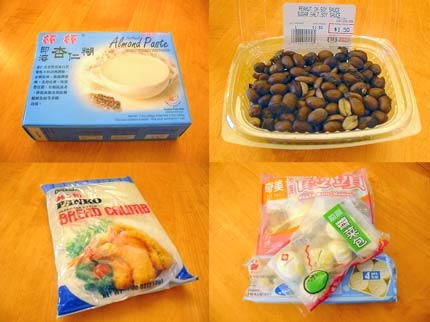

 So which is it? There seems to be a very fine line between the two. I’ve been reading a lot of cupcake/muffin recipes lately due to the latest
So which is it? There seems to be a very fine line between the two. I’ve been reading a lot of cupcake/muffin recipes lately due to the latest 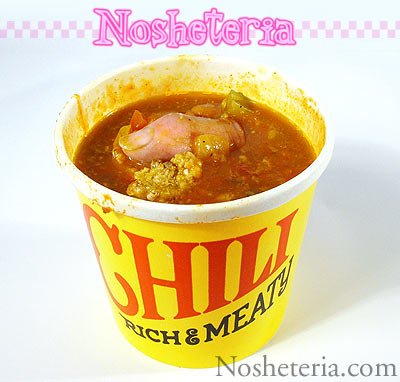
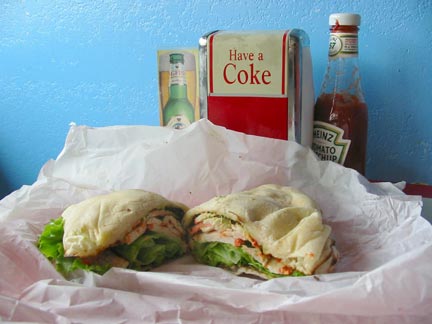



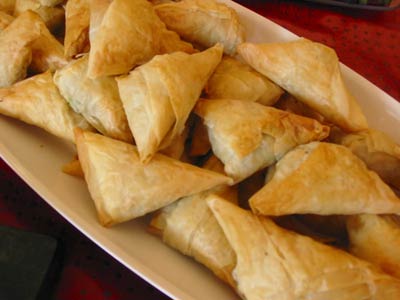
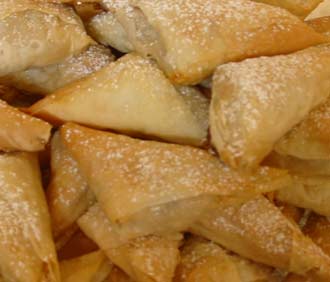
 What do you do when you get some bad news, when life just doesn’t seem to be going your way, you’re feeling under the weather? Usually I don’t do much of anything. Perhaps I will take in a mindless, feel-good movie. One that makes me think, no one’s love life is just so perfect. I’ll eat movie theater popcorn for dinner, wiping my greasy fingerprints on piles of crisp, yet diaphanous paper napkins. If nothing looks appealing at the cineplex, maybe I’ll rent a John Hughes, ’80′s era movie, one that makes me long for that old high school chum that never really existed. Call it wallowing, call it self-pity, it usually works for me.
What do you do when you get some bad news, when life just doesn’t seem to be going your way, you’re feeling under the weather? Usually I don’t do much of anything. Perhaps I will take in a mindless, feel-good movie. One that makes me think, no one’s love life is just so perfect. I’ll eat movie theater popcorn for dinner, wiping my greasy fingerprints on piles of crisp, yet diaphanous paper napkins. If nothing looks appealing at the cineplex, maybe I’ll rent a John Hughes, ’80′s era movie, one that makes me long for that old high school chum that never really existed. Call it wallowing, call it self-pity, it usually works for me.